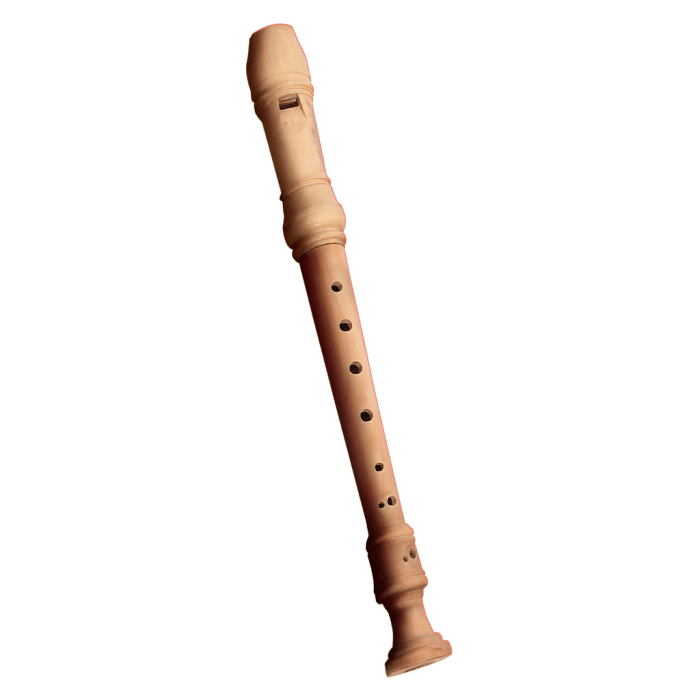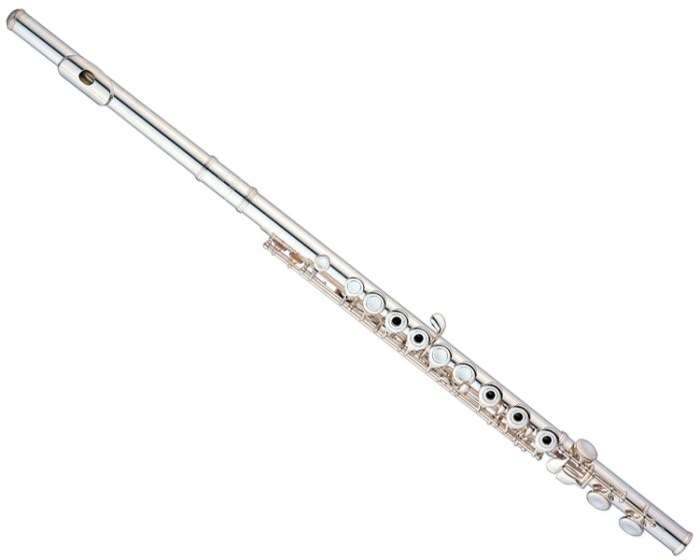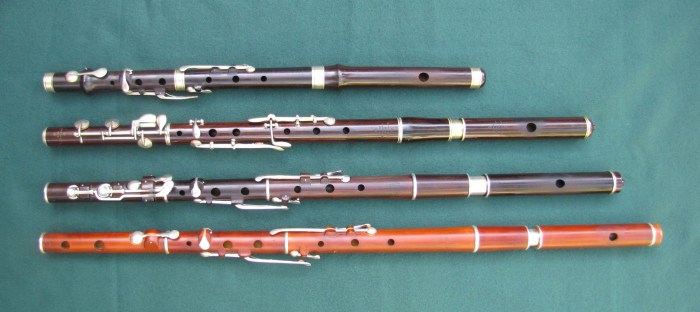Which woodwind instrument is playing the melody in this excerpt? This inquiry sets the stage for an engaging exploration into the realm of woodwind instruments, their distinct characteristics, and the techniques employed to produce enchanting melodies.
Through meticulous analysis of the excerpt, we embark on a journey to identify the specific woodwind instrument responsible for the captivating melody. By examining its unique acoustic properties, playing techniques, and historical significance, we unravel the secrets behind its enchanting sound.
Instrument Identification: Which Woodwind Instrument Is Playing The Melody In This Excerpt

The woodwind instrument playing the melody in the provided excerpt is the flute.
The flute is identified by its distinctive high-pitched, clear tone, as well as the specific techniques used to produce the melody.
Acoustic Properties
The flute has a cylindrical bore and a conical headjoint, which gives it a bright and penetrating sound.
The instrument’s acoustic properties are determined by its length, diameter, and the material used in its construction.
Playing Techniques
The melody in the excerpt is played using a combination of fingering, embouchure, and breathing techniques.
- Fingering: The melody is played by pressing down on specific keys with the fingers.
- Embouchure: The player’s lips are placed against the mouthpiece, and the air is blown across the embouchure hole.
- Breathing: The player controls the flow of air through the instrument by inhaling and exhaling.
Historical Context
The flute is one of the oldest woodwind instruments, dating back to prehistoric times.
It has been used in a wide variety of musical genres throughout history, from classical to folk to jazz.
Modern Applications, Which woodwind instrument is playing the melody in this excerpt
The flute is a versatile instrument that is used in a wide variety of musical genres today.
It is a common member of the symphony orchestra, and it is also used in jazz, folk, and rock bands.
Notable flutists include James Galway, Jean-Pierre Rampal, and Emmanuel Pahud.
Question Bank
What factors contribute to the unique sound of the identified woodwind instrument?
The instrument’s acoustic properties, including its bore shape, material composition, and key system, shape its distinctive tone and resonance.
How does the player’s embouchure influence the melody’s expression?
The player’s embouchure, or mouth position on the instrument, affects the airflow and articulation, allowing for subtle variations in pitch and tone.
What historical context surrounds the development of this woodwind instrument?
The instrument has a rich history dating back centuries, with its origins in ancient civilizations and subsequent evolution through various cultural influences.


